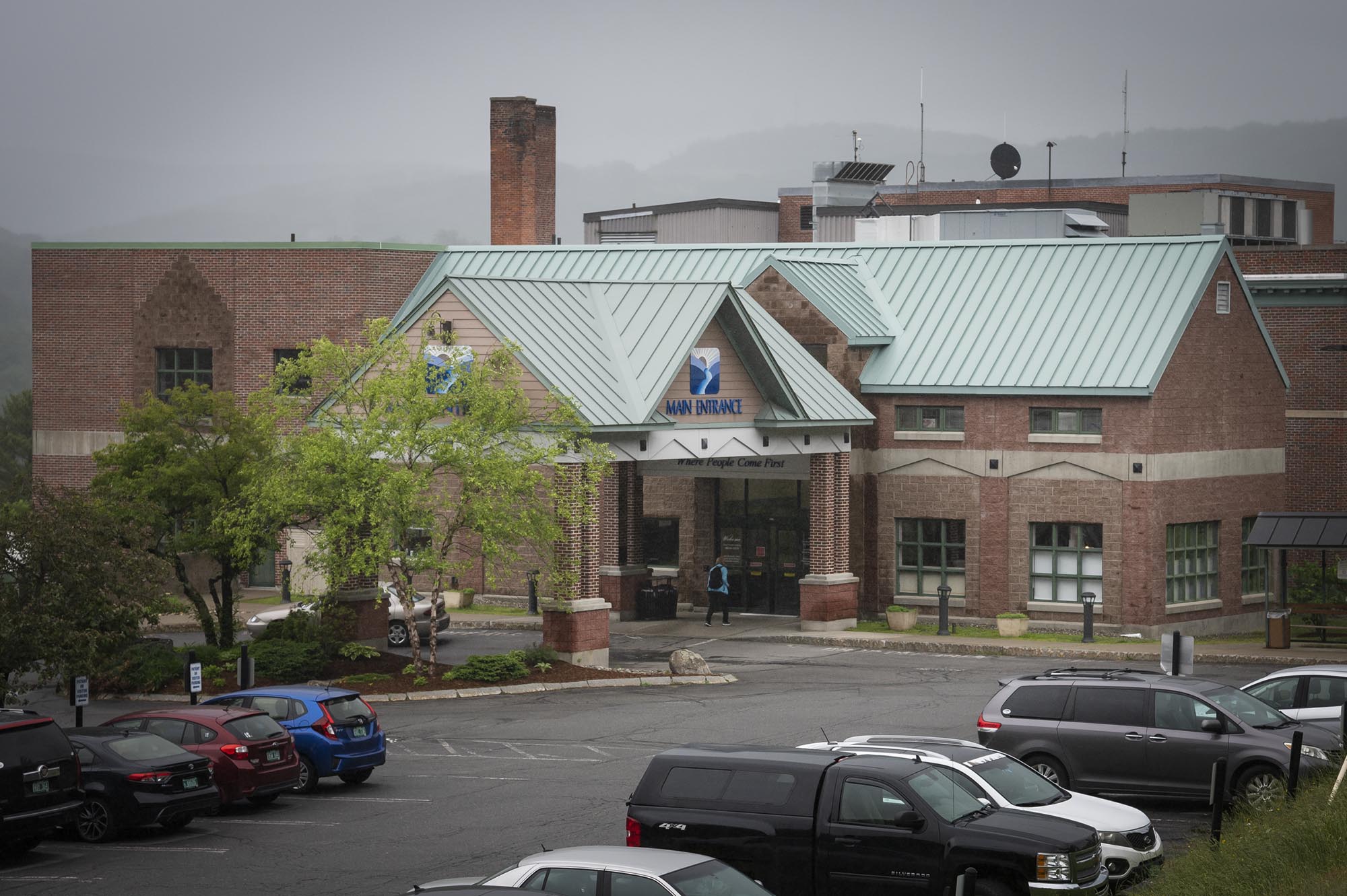Bruce Hamory, a medical doctor and consultant with the firm Oliver Wyman, had one key message for state officials on Wednesday: Vermont’s health care system needs to change, and quickly.
“The needs for structural reform of the Vermont health care system and systems cannot be overemphasized,” Hamory told the Green Mountain Care Board and Agency of Human Services officials during his presentation. Without significant changes in the next three to five years, he predicted, “hospital systems and the state will see deep financial deficits.”
Hamory’s presentation is a key step in a multi-year process, led by the Green Mountain Care Board, to assess how well the state’s hospitals and other care facilities are functioning and what needs to change. The care board regulates a broad swath of Vermont’s health care ecosystem.
Set in motion by 2022 legislation, Act 167, consultants and state officials have spent months visiting hospitals and communities, speaking with residents and providers and collecting health care data.
That process is culminating this year with a series of reports. Hamory’s presentation Wednesday, which proposes a series of statewide changes, is the first.
Many of its findings are well-known to Vermonters: Insurance costs are prohibitively expensive for many. Wait times for medical appointments are long. Medical transportation to facilities can be inaccessible or delayed. Emergency medical service providers suffer from a lack of staff and funding. Many hospitals are operating in the red, and a shortage of residential facilities means that they often end up housing and caring for people who do not need hospital-based services but have nowhere else to go — such as people with dementia, substance abuse disorder or no stable housing.
“The health care system in Vermont, unfortunately, is badly broken,” Hamory told state officials Wednesday.
He outlined a number of recommendations to put that system back together. Those proposed reforms ranged from specific — such as posting signs in multiple languages in hospitals — to sweeping, such as building more housing.
Hamory called for the creation of “alternative sites of care and mobile clinics” and “regional referral centers” to help patients get care locally, rather than sending them to the University of Vermont Medical Center or Dartmouth Hitchcock Medical Center. The state also needs more long-term care facilities, he said, some of which “could be based in facilities currently used for other purposes.”
Some of the recommendations dealt with regulations around care providers: Pharmacists should be allowed to dispense more medication refills, Hamory said, and Vermont should simplify its licensure regulations to make it easier for trained practitioners from other states or countries to practice.
Vermont should also develop a professional, well-funded emergency medical services system, according to the presentation, and should improve medical transportation. And Vermont health care information technology and medical records are in need of upgrades and standardization across the system.
Many specifics of the recommendations will be fleshed out over the next few months, in regional public meetings across the state, the care board says. Final recommendations are due in September.
But underpinning the presentation was the possibility — even if not stated explicitly — that the process could lead to dramatic changes, or even closures, of some of Vermont’s care facilities.
“This reform must include changing the way some health care services are delivered, both locally and regionally,” Hamory said, adding that the process would need to involve “difficult choices.”
In comments to the board, Michael Del Trecco, the president and CEO of the Vermont Association of Hospitals and Health Systems, urged caution as the process unfolds.
“Proposals that drive or create a second-tier delivery system, or could create a second-tier delivery system, or affect patient safety and reduce access, should be non-starters for all of us,” Del Trecco said.
“Bruce, if some of these present recommendations create harm, we would invite you to live in those communities,” he told Hamory. “I say that with humor, but I think we all need to look at what those non-starter issues should be and understand them completely.”
Green Mountain Care Board chair Owen Foster acknowledged concerns about changes in Vermont’s health care landscape, but said that it is too early to predict what form those changes might take.
“The goal is to ensure that we have sustainable, local, affordable access,” he said in an interview after the meeting. “That might look different than what it looks like today, right? You might not have 14 hospitals doing exactly what they’re doing today. You may even have big changes.”
He noted that the process involves extensive dialogue with local communities, and the final result will incorporate that feedback.
On one point, Foster was unequivocal: The status quo is unsustainable. Without system-wide change, he said, Vermont’s hospitals and care facilities would fall into even more dire financial straits — or Vermonters would bear the costs through taxes or even larger commercial insurance rate increases.
And for many Vermonters, he noted, “when care is really expensive, you don’t have care.”
Read the story on VTDigger here: Consultant deems Vermont health care system ‘badly broken’.

